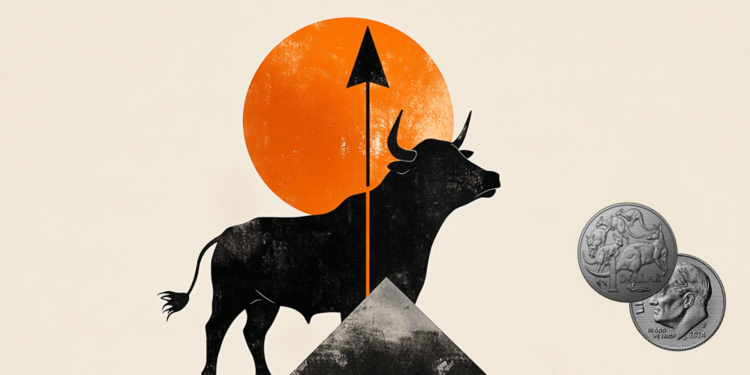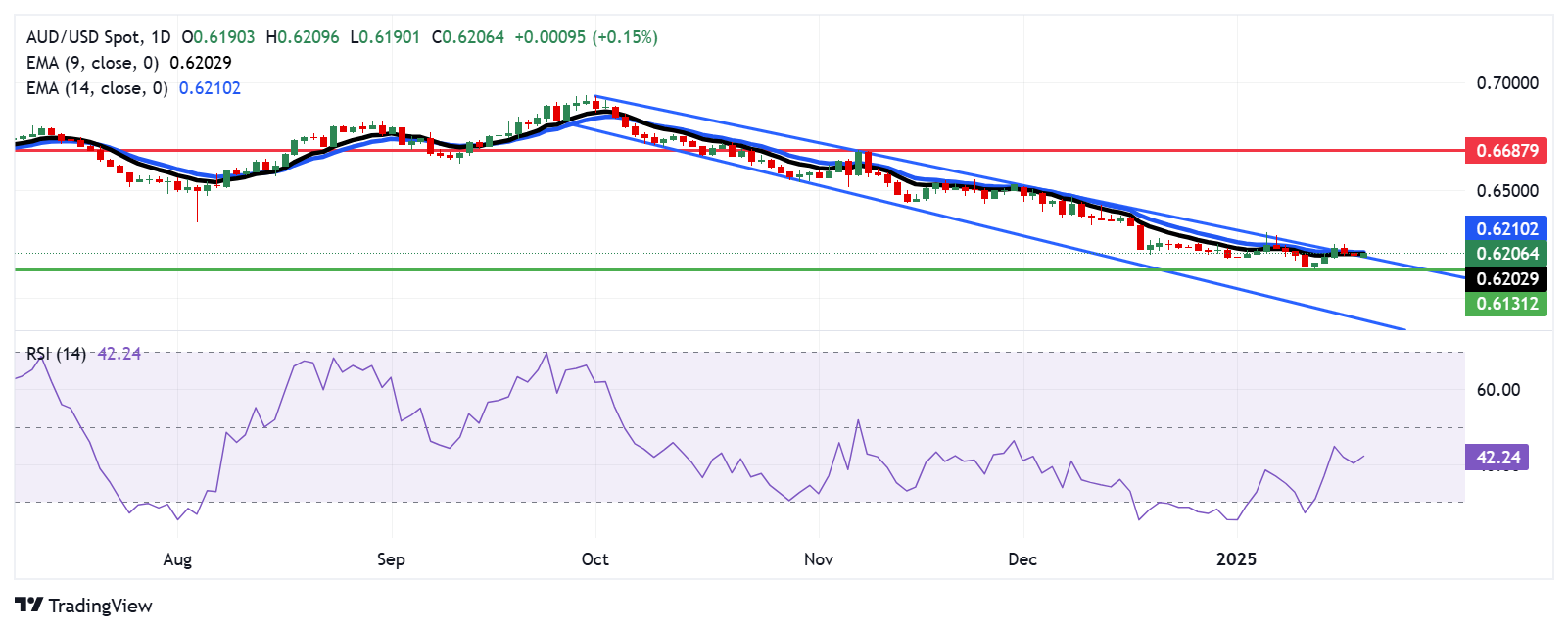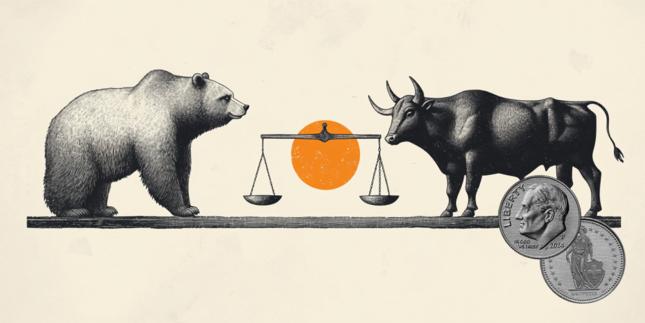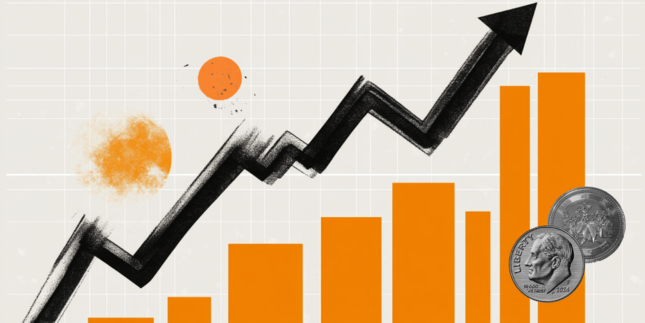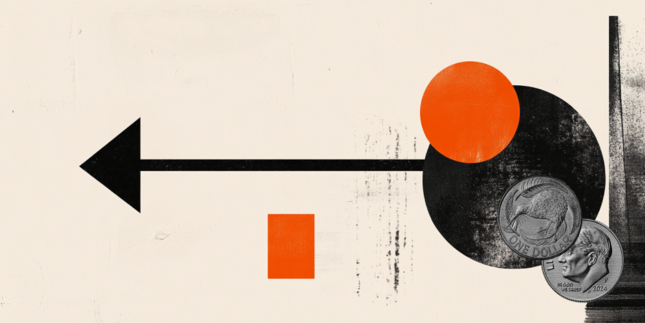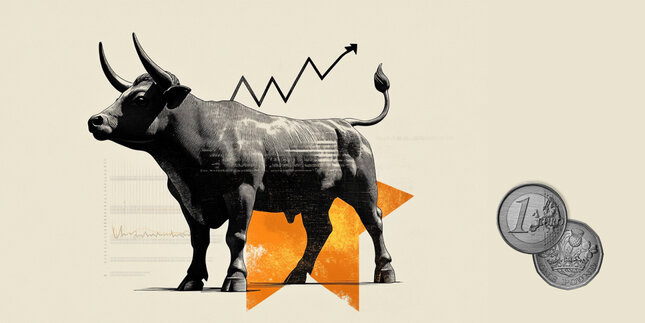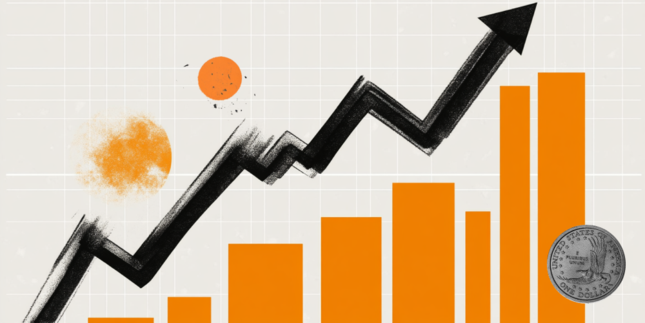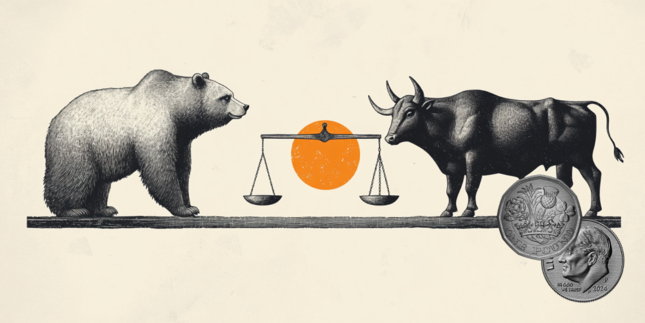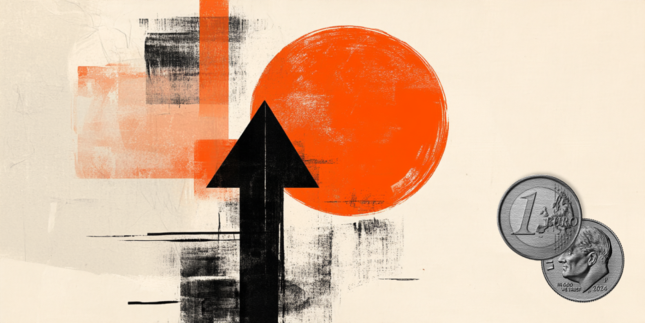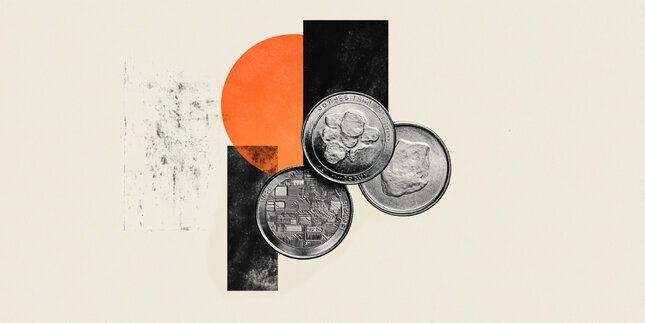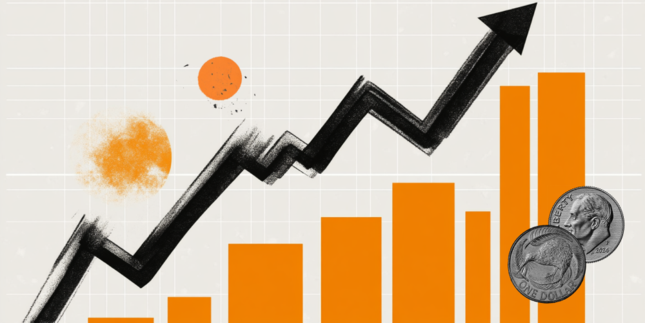Australian Dollar remains resilient as the US Dollar weakens ahead of Trump’s inauguration
- The Australian Dollar appreciates despite a cautious mood ahead of President-elect Donald Trump’s inauguration on Monday.
- The PBoC maintained its one- and five-year Loan Prime Rates at 3.10% and 3.60%, respectively.
- Traders adopt caution amid uncertainty surrounding Trump’s policy pledges, including imposing tariffs, extending tax cuts, and deporting illegal immigrants.
The Australian Dollar (AUD) halts its two-day losing streak against the US Dollar (USD) on Monday, receiving support from rising metals prices. However, the AUD/USD pair's upside may remain capped as the US Dollar (USD) could strengthen due to market caution ahead of President-elect Donald Trump’s inauguration later on the day. The US market will remain closed on Monday for the Martin Luther King Jr. Day holiday.
The People’s Bank of China (PBOC) announced on Monday that it would keep its Loan Prime Rates (LPRs) unchanged. The one-year Loan Prime Rate (LPR) remains at 3.10%, while the five-year LPR stands at 3.60%. Since China and Australia are close trading partners, any shifts in China’s economy could have an impact on Australian markets.
The AUD also gained ground due to the robust economic data from China. China’s Gross Domestic Product (GDP) grew 5.4% over the year in the fourth quarter of 2024 after reporting a 4.6% expansion in the third quarter. Data beat the market consensus of 5% in the reported period, by a wide margin. Additionally, the annual December Retail Sales increased by 3.7% vs. the 3.5% expected and 3.0% prior, while Industrial Production arrived at 6.2% vs. the 5.4% forecast and November’s 5.4%.
The Aussie Dollar could face challenges as market expectations grow that the Reserve Bank of Australia (RBA) might start cutting rates as early as next month. Traders are now focusing on Australia’s quarterly inflation report, set to be released next week, for clues about the future direction of interest rates.
Australian Dollar could face headwinds due to rising concerns over Trump’s policy pledges
- The US Dollar Index (DXY), which measures the USD’s performance against six major currencies, hovers near 109.30 at the time of writing. However, the Greenback found support as US Treasury yields rose, driven by concerns over Trump’s policy pledges, including imposing tariffs, extending tax cuts, and deporting illegal immigrants. Analysts believe the US Federal Reserve's (Fed) future interest rate path will depend on the degree to which the Trump administration enacts these policies.
- Investors will closely watch Trump’s planned executive orders, expected to be issued shortly after he takes office. Meanwhile, the Fed is widely anticipated to keep interest rates steady at its January meeting, with a majority of economists polled by Reuters forecasting a resumption of rate hikes in March.
- Growing expectations that the Fed will cut interest rates twice this year have driven US Treasury bond yields lower, with the 2-year and 10-year notes currently at 4.23% and 4.60%, respectively. Both yields are on course for a weekly decline of over 3%.
- US Retail Sales rose by 0.4% MoM in December, reaching $729.2 billion. This reading was weaker than the market expectations of a 0.6% rise and lower than the previous reading of a 0.8% increase (revised from 0.7%).
- The US Consumer Price Index increased by 2.9% year-over-year in December, up from 2.7% in November, aligning with market expectations. Monthly, CPI rose 0.4%, following a 0.3% increase in the previous month. US Core CPI, which excludes volatile food and energy prices, rose 3.2% annually in December, slightly below November's figure and analysts' forecasts of 3.3%.
- On Thursday, Chicago Federal Reserve Bank President Austan Goolsbee stated that he has grown increasingly confident over the past several months that the job market is stabilizing at a level resembling full employment, rather than deteriorating into something worse, according to Reuters.
- Scott Bessent, Donald Trump’s nominee for Treasury Secretary, emphasized the importance of maintaining the US Dollar as the world’s reserve currency for the nation's economic stability and future prosperity. Bessent stated “Productive investment that grows the economy must be prioritized over wasteful spending that drives inflation,” per Bloomberg.
- The Federal Reserve reported in its latest Beige Book survey, released last week, that economic activity saw slight to moderate growth across the twelve Federal Reserve Districts in late November and December. Consumer spending increased moderately, driven by strong holiday sales that surpassed expectations. However, manufacturing activity experienced a slight decline overall, as some manufacturers stockpiled inventories in anticipation of higher tariffs.
Technical Analysis: Australian Dollar holds ground above 0.6200 support near 14-day EMA
The AUD/USD pair trades near 0.6210 on Monday, attempting to break above the descending channel on the daily chart. A successful breakout would weaken the prevailing bearish bias. However, the 14-day Relative Strength Index (RSI) remains below the 50 level, signaling bearish bias is still intact.
The initial support is seen at the nine-day Exponential Moving Average (EMA) at 0.6202. A more substantial support level is located near the recent low at 0.6131 level. A break below this level could lead the AUD/USD pair to navigate the region around the lower boundary of the descending channel, around the 0.5900 mark.
On the upside, the AUD/USD pair encounters immediate resistance at the 14-day EMA at 0.6210, aligned with the upper boundary of the descending channel.
AUD/USD: Daily Chart
Australian Dollar PRICE Today
The table below shows the percentage change of Australian Dollar (AUD) against listed major currencies today. Australian Dollar was the strongest against the US Dollar.
| USD | EUR | GBP | JPY | CAD | AUD | NZD | CHF | |
|---|---|---|---|---|---|---|---|---|
| USD | -0.31% | -0.33% | -0.06% | -0.13% | -0.30% | -0.26% | 0.01% | |
| EUR | 0.31% | -0.08% | 0.14% | 0.08% | 0.07% | -0.06% | 0.20% | |
| GBP | 0.33% | 0.08% | 0.19% | 0.15% | 0.17% | 0.01% | 0.28% | |
| JPY | 0.06% | -0.14% | -0.19% | -0.06% | -0.20% | -0.31% | -0.11% | |
| CAD | 0.13% | -0.08% | -0.15% | 0.06% | -0.11% | -0.14% | 0.13% | |
| AUD | 0.30% | -0.07% | -0.17% | 0.20% | 0.11% | -0.23% | 0.10% | |
| NZD | 0.26% | 0.06% | -0.01% | 0.31% | 0.14% | 0.23% | 0.08% | |
| CHF | -0.01% | -0.20% | -0.28% | 0.11% | -0.13% | -0.10% | -0.08% |
The heat map shows percentage changes of major currencies against each other. The base currency is picked from the left column, while the quote currency is picked from the top row. For example, if you pick the Australian Dollar from the left column and move along the horizontal line to the US Dollar, the percentage change displayed in the box will represent AUD (base)/USD (quote).
Australian Dollar FAQs
One of the most significant factors for the Australian Dollar (AUD) is the level of interest rates set by the Reserve Bank of Australia (RBA). Because Australia is a resource-rich country another key driver is the price of its biggest export, Iron Ore. The health of the Chinese economy, its largest trading partner, is a factor, as well as inflation in Australia, its growth rate and Trade Balance. Market sentiment – whether investors are taking on more risky assets (risk-on) or seeking safe-havens (risk-off) – is also a factor, with risk-on positive for AUD.
The Reserve Bank of Australia (RBA) influences the Australian Dollar (AUD) by setting the level of interest rates that Australian banks can lend to each other. This influences the level of interest rates in the economy as a whole. The main goal of the RBA is to maintain a stable inflation rate of 2-3% by adjusting interest rates up or down. Relatively high interest rates compared to other major central banks support the AUD, and the opposite for relatively low. The RBA can also use quantitative easing and tightening to influence credit conditions, with the former AUD-negative and the latter AUD-positive.
China is Australia’s largest trading partner so the health of the Chinese economy is a major influence on the value of the Australian Dollar (AUD). When the Chinese economy is doing well it purchases more raw materials, goods and services from Australia, lifting demand for the AUD, and pushing up its value. The opposite is the case when the Chinese economy is not growing as fast as expected. Positive or negative surprises in Chinese growth data, therefore, often have a direct impact on the Australian Dollar and its pairs.
Iron Ore is Australia’s largest export, accounting for $118 billion a year according to data from 2021, with China as its primary destination. The price of Iron Ore, therefore, can be a driver of the Australian Dollar. Generally, if the price of Iron Ore rises, AUD also goes up, as aggregate demand for the currency increases. The opposite is the case if the price of Iron Ore falls. Higher Iron Ore prices also tend to result in a greater likelihood of a positive Trade Balance for Australia, which is also positive of the AUD.
The Trade Balance, which is the difference between what a country earns from its exports versus what it pays for its imports, is another factor that can influence the value of the Australian Dollar. If Australia produces highly sought after exports, then its currency will gain in value purely from the surplus demand created from foreign buyers seeking to purchase its exports versus what it spends to purchase imports. Therefore, a positive net Trade Balance strengthens the AUD, with the opposite effect if the Trade Balance is negative.
Forex News
Keep up with the financial markets, know what's happening and what is affecting the markets with our latest market updates. Analyze market movers, trends and build your trading strategies accordingly.
